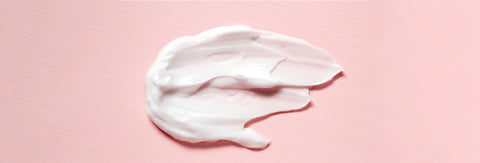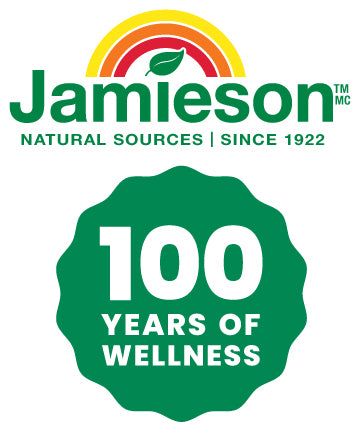Though the colder months are full of seasonal highs (see: ice skating, hot cocoa and fireside chats), they’re not without their dry, cracked and itchy parts. It’s easy for your skin to feel victimized by the wind, snow and general chill, but we’re here to tell you that you aren’t alone. This year, we’ve done some pre-work to help you get ready for the dreary dermal season ahead.
Exfoliate
Cold air outdoors and dry heat indoors are a winning combination for skin dehydration. What’s more is that as we age, our cell regeneration slows down, causing skin cells to die more rapidly but shed slowly, slowing the generation of new ones to come. Old skin cells look dull on the face, and a buildup of them can result in excess oil, leading to acne and breakouts. Exfoliation removes the barrier of dead cells that clog the skin. When you don’t exfoliate, moisturizer doesn’t penetrate the skin as deeply. Though you should be exfoliating year-round, the colder months call for it the most. A DIY exfoliant can be as simple as adding some sugar to your favourite face wash.
Keep an eye on hot showers
Since they strip the skin of natural oils, long, hot showers make dry skin worse. To prevent this, keep showers short and cool, and moisturize with an oil-based product immediately afterwards. Since the oil will help create a protective layer that will retain more moisture, take it a step further by applying on damp skin to help seal moisture. Pro tip: your skin looks brighter when light can bounce off it more evenly. Moisturizing ensures a plump youthfulness that you’d be hard pressed to find elsewhere. For extra benefits, try a nourishing cream that promotes supple elasticity and long-lasting hydration, like this one.
Tailor your diet
‘Tis the season for indulgence, and though enjoyable, the onslaught of alcohol and caffeine will surely show up on your face. Both are diuretics that will cause dehydration. To curb the seasonal strain on your epidermis, drink lots of water and incorporate more healthy fats like walnuts, olive oil and avocado to your diet.
Switch up your skin care routine
Your skin needs different care in the winter, full stop. To avoid dry, itchy skin, the Canadian Dermatology Association recommends keeping the air in your home moist with a humidifier, keeping drying hot showers to a minimum, and yes, thickening up your daily moisturizer to give your skin the extra support it deserves. Since your skin is usually dryer and flakier, adding exfoliation to your process is also important for removing dead skin and allowing new cells to surface. Remember that while oils are nourishing for the skin, they are not hydrating. To wage war against withered winter skin, aim to integrate a thicker, more hydrating moisturizer. This one is a cult classic, and bonus: it has free-radical fighting vitamin E! One with ceramides, a fat that helps form the skin barrier and retain moisture overall, would also help as it will help protect that precious skin barrier.
Look after your hands
We know we’ve told you to keep your hands clean to avoid the cold and flu, but you should also make sure you’re keeping them moisturized. One of the telltale signs of aging? Hands. Consistently subject to wear and tear, your hands do so many things. As you age, they get weaker, less flexible, and you guessed it: rife with wrinkles. Aging hands also have trouble hanging on to moisture. In the colder months, humidity plunges outside and stays that way inside due to heating. No humidity equates to a lack of moisture, ending in dry air, having a direct impact on your skin. How well your skin can handle a harsh winter’s lack of moisture has to do with genetics and the overall strength of your skin barrier, which is a mix of proteins, fats and oils and protects the skin. Weak barriers usually result in eczema inflammation and itchiness. Drinking water alone isn’t enough to keep your skin moisturized against the elements and exposing your hands to the harsh winter is a fast track to wrinkle town. We often shell out for things to protect our face and body, but hardly pay the same attention to our hands. In the winter months, make sure to scan your product labels for natural humectants and favour those that include glycerin, aloe and honey.
Sources
- Robinson, K. M. (2018, September 7). Winter-Proof Your Skin. Retrieved from https://www.webmd.com/beauty/features/winter-proof-your-skin.
- How Your Hands Change As You Age: Pictures of Aging Hands. (n.d.). Retrieved from https://www.webmd.com/healthy-aging/ss/slideshow-your-hands.
- Levitt, S. (2011, January 5). Preventing and Treating Dry, Chapped Hands in Winter. Retrieved from https://www.webmd.com/beauty/features/prevent-soothe-chapped-winter-hands#1.



